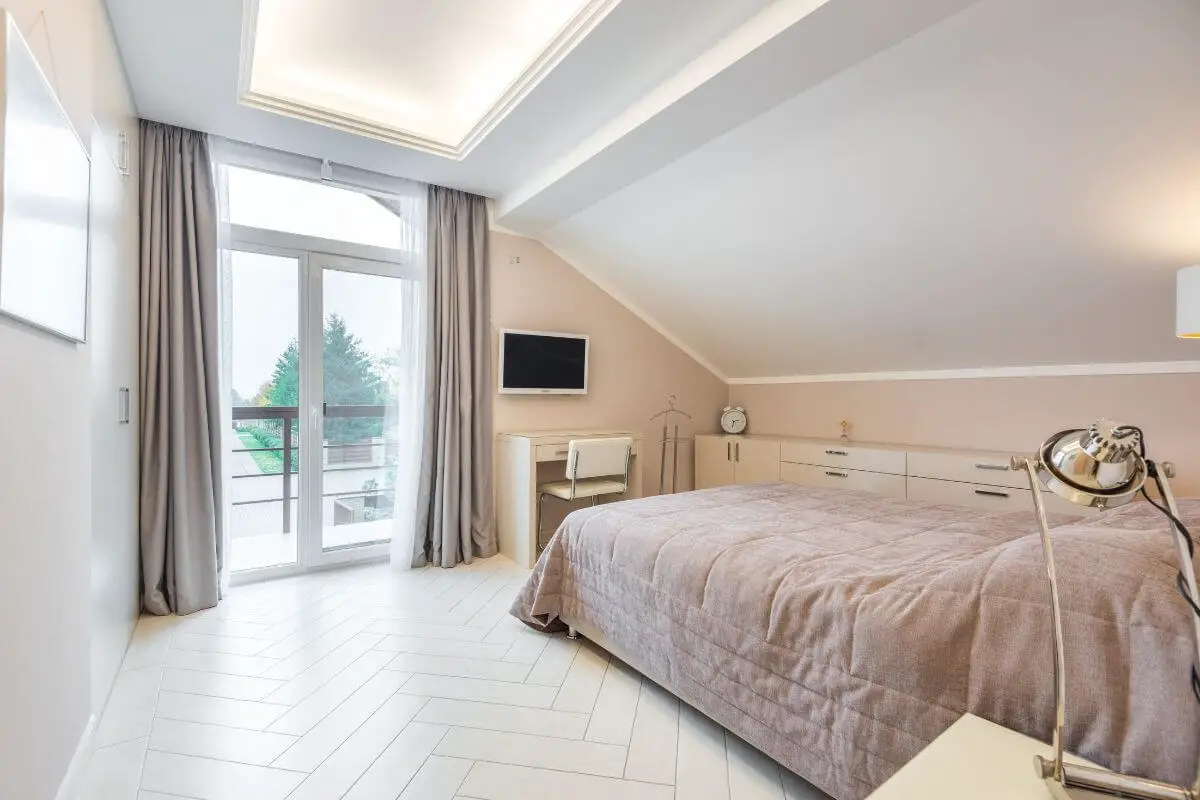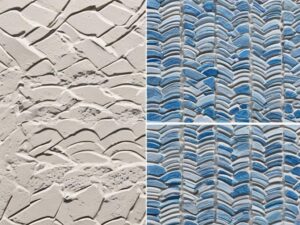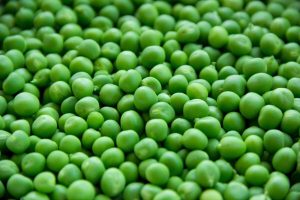Introduction
Choosing the right white paint color can be a daunting task as the subtle variations can greatly impact the overall look and feel of a space. Two popular white paint colors often considered for interior design are Pearly White and Alabaster. In this article, we will compare these two hues, examining their characteristics, undertones, and best applications, to help you make an informed decision when selecting the perfect white for your home.
About Pearly White
Pearly White is a soft and delicate white paint color. It belongs to the warm white category and is known for its subtle undertones that add depth and warmth to a space. Pearly White has a touch of yellow or beige, creating a cozy and inviting atmosphere.
About Alabaster
Alabaster is a timeless and versatile white paint color. It falls into the category of cool whites and is characterized by its neutral undertones. Alabaster has a slightly gray or greige (a combination of gray and beige) undertone, which gives it a sophisticated and modern appearance.
Undertones and Characteristics
Pearly White exhibits warm undertones that tend to lean towards yellow or beige. These undertones give it a soft and creamy appearance, making it an excellent choice for creating a warm and inviting atmosphere. Pearly White can add a touch of elegance and coziness to a space, making it particularly suitable for bedrooms, living rooms, and dining areas.
Alabaster, on the other hand, has cooler undertones with a subtle gray or greige hue. The gray undertone adds depth and sophistication to the color, creating a more contemporary and modern look. Alabaster’s versatility allows it to complement a wide range of design styles and works well in both traditional and contemporary spaces.
Best Applications
Pearly White is well-suited for areas where you want to create a soft and serene ambiance. It works beautifully in bedrooms, providing a calm and relaxing atmosphere for restful nights. Pearly White also complements natural materials like wood and stone, making it an ideal choice for rustic or traditional interiors.
Alabaster’s neutral and versatile nature makes it suitable for various applications. It can be used effectively in both residential and commercial spaces. Alabaster works well as a base color for walls, allowing other elements in the room to stand out. Its versatility also makes it an excellent choice for trim, ceilings, and cabinetry.
Color Combinations
Pearly White pairs well with warm tones, such as earthy browns, soft yellows, and muted greens. These combinations create a harmonious and inviting color palette. Pearly White also complements pastel hues, adding a touch of sophistication to lighter shades. For a monochromatic look, combining different shades of Pearly White can create depth and visual interest.
Alabaster’s neutral and adaptable nature allows it to harmonize with a wide range of colors. It pairs effortlessly with both warm and cool tones, providing a balanced and cohesive look. Alabaster can be combined with bold accent colors to create a striking contrast or used alongside other neutrals for a serene and sophisticated atmosphere.
Natural and Artificial Lighting
Both Pearly White and Alabaster are versatile when it comes to lighting conditions. In spaces with ample natural light, they maintain their true white appearance, allowing their undertones to subtly enhance the overall ambiance. In spaces with limited natural light, they can appear slightly warmer or cooler, adapting to the available lighting conditions.
It’s important to test both colors in your specific space under different lighting conditions to see how they interact with the natural and artificial light sources present in your home.
Durability and Quality
The durability and quality of paint depend on various factors, including the brand and specific formulation. It’s recommended to choose reputable brands known for their high-quality paints to ensure longevity and consistent coverage.
Both Pearly White and Alabaster are available from trusted paint manufacturers that prioritize quality and durability. Follow the manufacturer’s guidelines for surface preparation, application techniques, and maintenance to ensure the best results and longevity of the paint.
Price and Availability
The price of paint can vary depending on the brand, finish, and location. It’s advisable to check with local suppliers and retailers for specific pricing information.
Pearly White and Alabaster are widely available from reputable paint manufacturers and can be found in various paint lines or collections. They are popular choices, and as a result, are usually readily accessible in stores and online.

Pros and Cons of Pearly White
Pros:
- Warm and inviting undertones
- Creates a cozy and serene atmosphere
- Complements natural materials
- Works well in traditional and rustic interiors
Cons:
- May appear too warm in spaces with cool color schemes
- Limited versatility in contemporary or minimalist designs
Pros and Cons of Alabaster
Pros:
- Neutral and versatile undertones
- Suitable for various design styles
- Adds a modern and sophisticated touch
- Harmonizes with a wide range of colors
Cons:
- May appear cooler in spaces with warm color schemes
- Less suitable for spaces seeking a warm and cozy ambiance
Conclusion
When it comes to selecting the perfect white paint color, both Pearly White and Alabaster offer distinct qualities and characteristics.
Pearly White’s warm undertones create a cozy and inviting atmosphere, making it an excellent choice for spaces where a soft and serene ambiance is desired. It works well in bedrooms, living rooms, and areas that benefit from a touch of elegance and warmth.
Alabaster’s neutral undertones and adaptability make it a versatile choice that suits a wide range of design styles. It adds a modern and sophisticated touch to any space and pairs well with various color schemes, making it suitable for both traditional and contemporary interiors.
Consider your design preferences, the mood you want to create, and the specific lighting conditions in your space when choosing between Pearly White and Alabaster. By testing paint samples and observing how they interact with your surroundings, you can confidently select the perfect white paint color to achieve the desired look and atmosphere in your home.
FAQs
Can I use Pearly White or Alabaster for exterior painting?
While Pearly White and Alabaster are primarily popular for interior painting, they can be used for exterior applications as well. It’s important to consider factors such as the architectural style, surroundings, and lighting conditions when selecting a white paint color for the exterior of your home.
Can I use Pearly White or Alabaster for trim and cabinetry?
Both Pearly White and Alabaster work well for trim and cabinetry. Pearly White adds a warm and elegant touch, while Alabaster offers a neutral and sophisticated appearance.
Are Pearly White and Alabaster suitable for small spaces?
Yes, both Pearly White and Alabaster can work well in small spaces. Pearly White can create a cozy and serene atmosphere, while Alabaster can make a small space feel more open and airy due to its neutral undertones. Consider the lighting conditions and desired ambiance when choosing between the two for a small space.
Do Pearly White and Alabaster work well in modern or minimalist designs?
While Pearly White may lean towards a more traditional or rustic aesthetic, it can still be used in modern or minimalist designs to add warmth and softness. Alabaster, with its neutral undertones, is more versatile and can complement modern or minimalist styles by providing a clean and sophisticated look.
Can I use Pearly White or Alabaster for ceilings?
Yes, both Pearly White and Alabaster can be used for ceilings. Pearly White can create a warm and inviting atmosphere overhead, while Alabaster can provide a subtle, yet sophisticated contrast against the walls. Consider the overall color scheme and desired effect when choosing between the two for your ceiling.
Remember, when selecting between Pearly White and Alabaster, it’s essential to consider your specific design preferences, lighting conditions, and the mood you want to create in your space. By testing samples and observing how the colors interact with your surroundings, you can confidently choose the perfect white paint color to enhance your home’s aesthetic and ambiance.
Happy painting!



